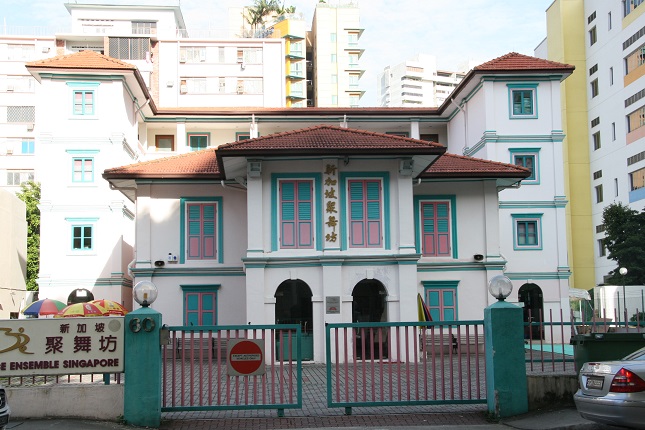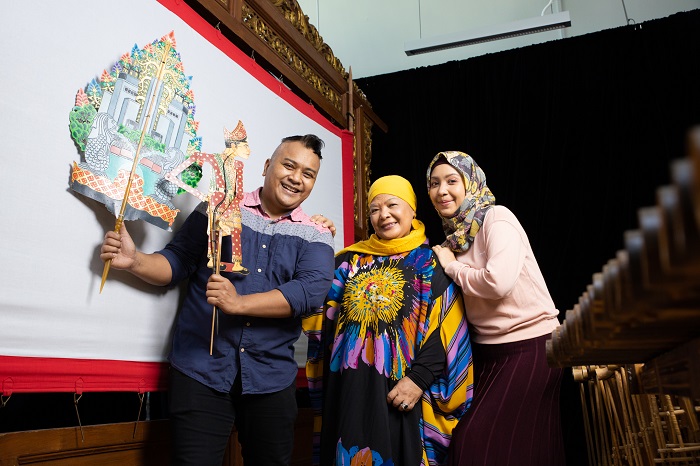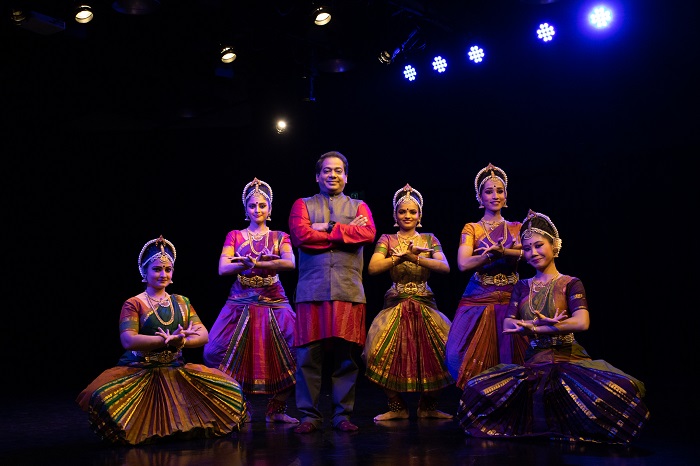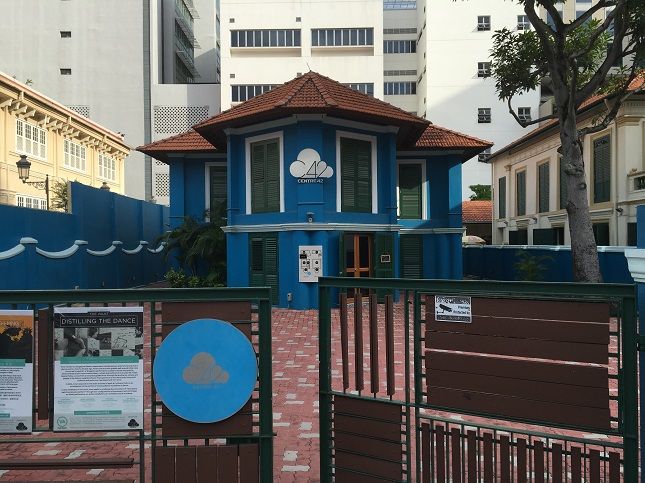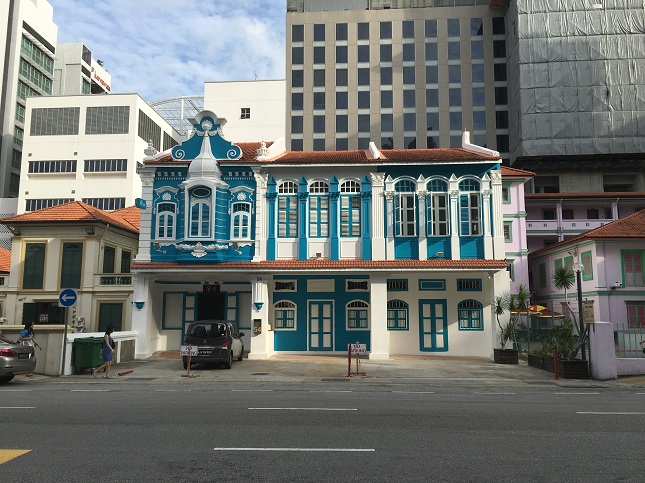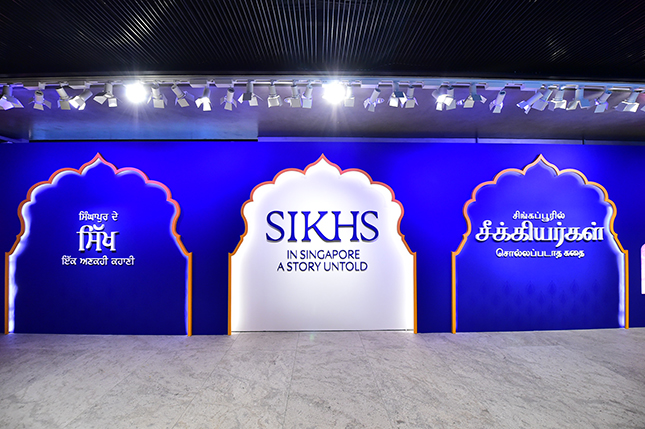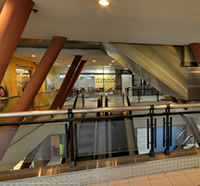60 Waterloo Street is adorned in white, with an ornately balanced bright green, pink and yellow motif running across its walls and windows. The architecture of the building has retained many of its pre-war features — high ceilings, tall windows, tiled roofs, a garden compound and a wrought iron gate.
It is estimated that the building was initially constructed around the beginning of the 19th century. It stands as a reminder of a period when the fringe urban area of Waterloo Street existed as a popular choice for affluent residences. True to this trend, records reveal that 60 Waterloo Street was home to Mr A.S Desker, a prominent member of the Eurasian community, and his wife Mary Caroline Elizabeth.
There are sources that show the property was listed for rent in 1919 by rubber tycoon Tan Kah Kee’s company, leading to speculations that the business mogul might have owned the site at some point. The building was described as a ‘commodious compound house with stables and courtyard’ in the listing.
However, it ceased to be a residential abode as early as 1923, when ‘Massage Hall’ moved there from its Bencoolen Street premises to become the site’s first commercial tenants. Operated by a Mrs Haru and Miss Hana (speculated to be Japanese women), the business offered massage and manicure services until September 1941. The end of World War 2 saw its transformation into a home for the aged after it was acquired by the Jewish Welfare Board.
In 1983, it was acquired by the government and later turned into the Waterloo Food Paradise, which consisted of 8 hawker stalls selling local delights. Some of the hawkers were resettled from Bugis Street and Neil Road.
In the 1990s, the area was revitalised with a focus on the arts. Efforts by the National Arts Council to create a Waterloo Street Arts Belt facilitated DES’s 1995 move into the building under the National Arts Council’s Arts Housing Scheme introduced in 1985.
Today, the building houses the Dance Ensemble Singapore, a Chinese cultural dance group that features repertoire of classical and contemporary dance, influenced by both Eastern and Western styles of dance. Situated at the back of the historic building is a four storey new annex building, that contains eight dance studios, a music studio, conference room, two instructors’ rooms and a costume room.
Buildings and sites featured on Roots.SG are part of our efforts to raise awareness of our heritage; a listing on Roots.SG does not imply any form of preservation or conservation status, unless it is mentioned in the article. The information in this article is valid as of August 2019 and is not intended to be an exhaustive history of the site/building.




